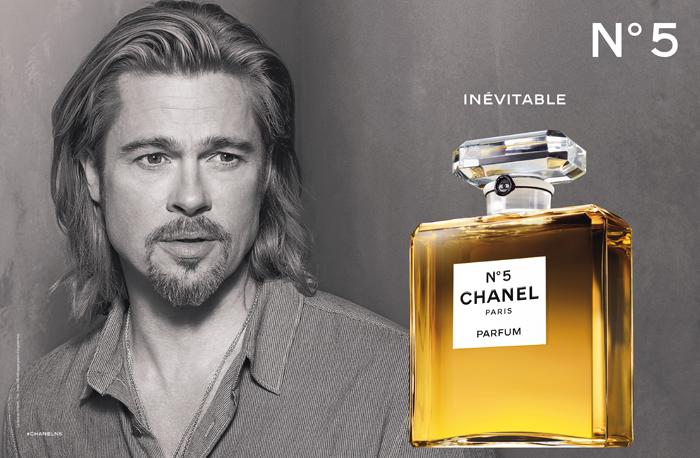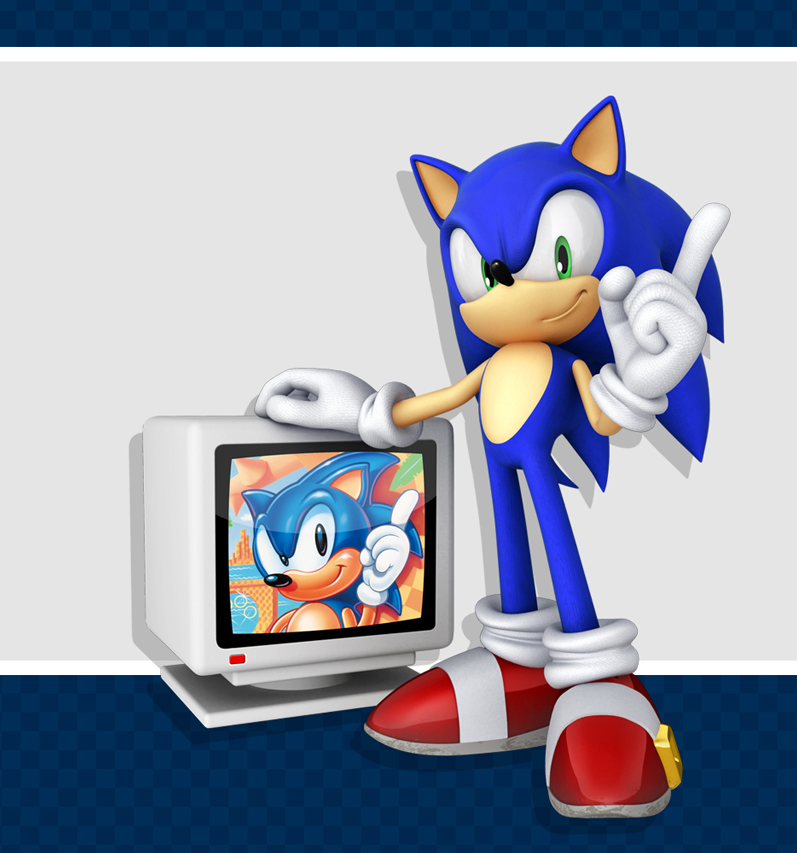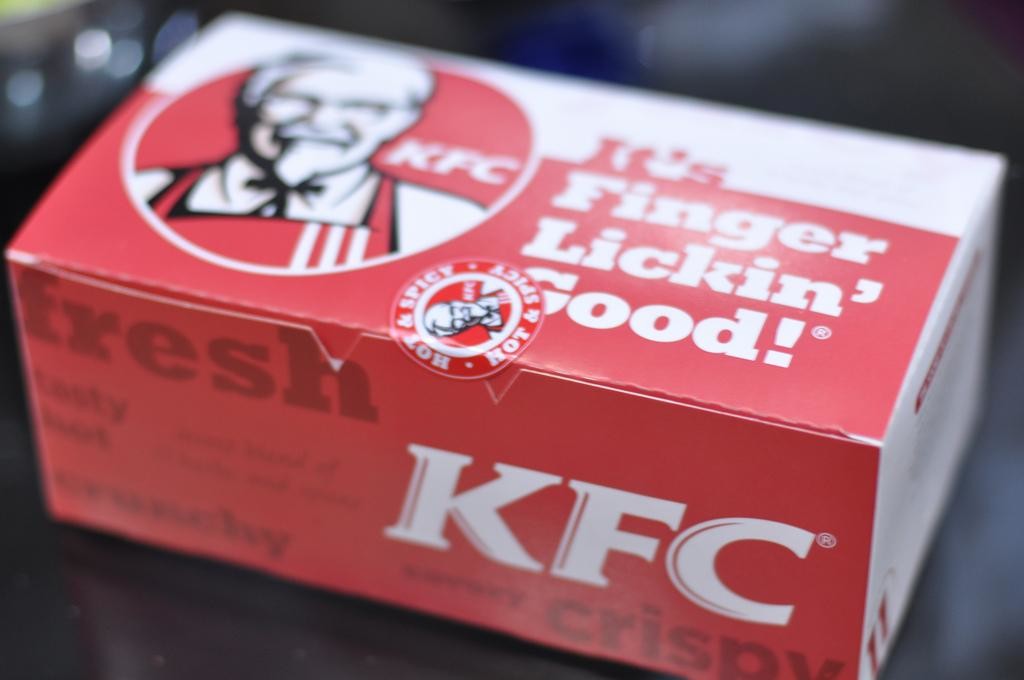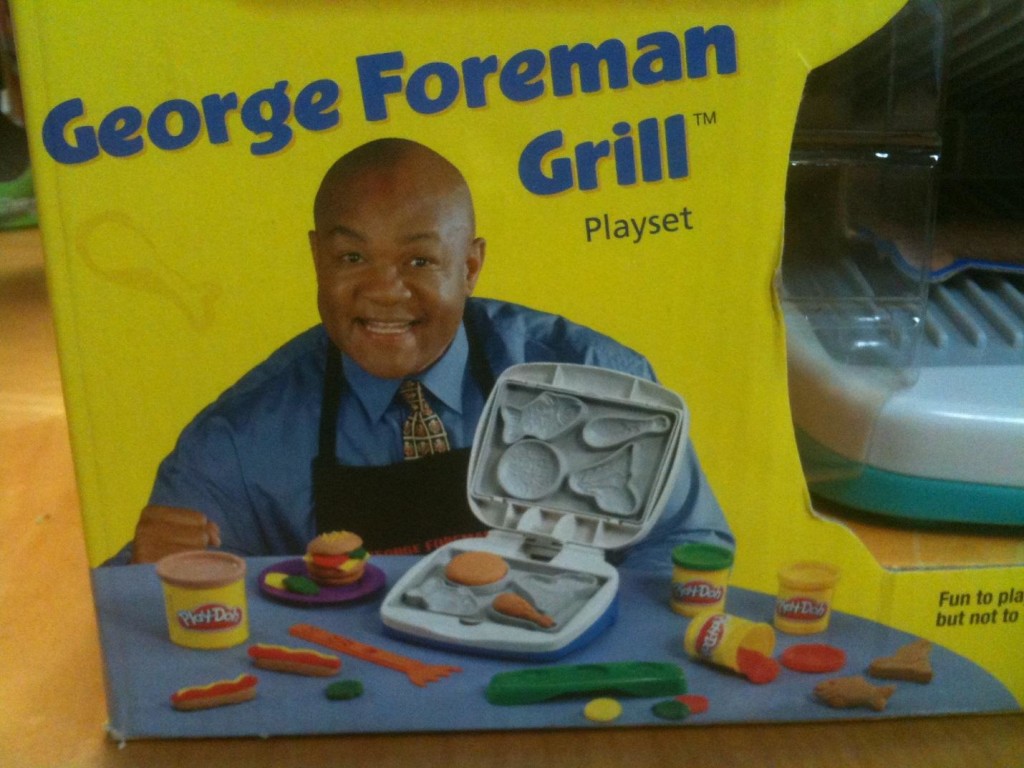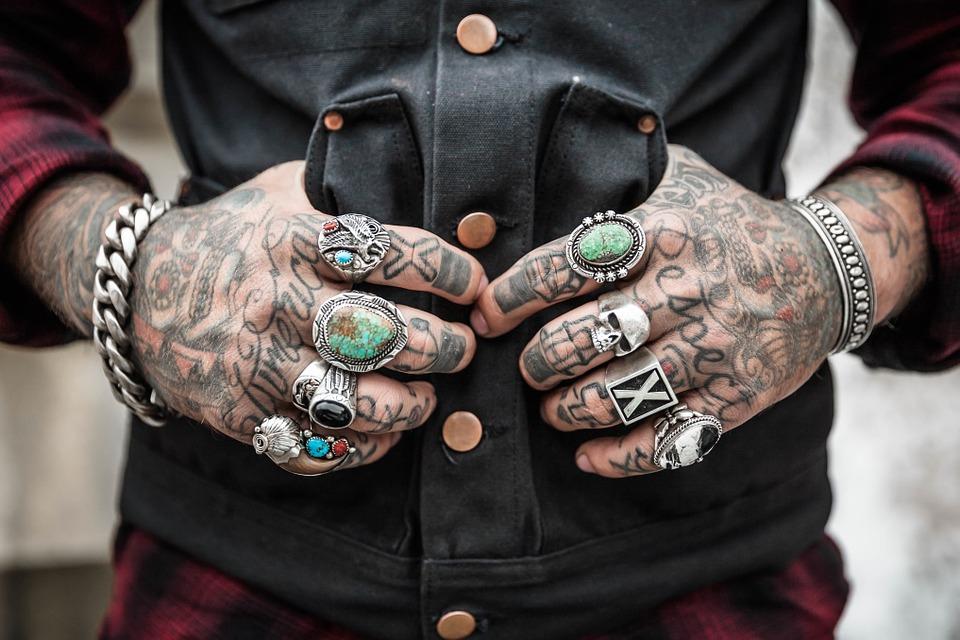It’s important to give your business a friendly face.
Brand personalities resonate with people:
- Brands with a corporate identity are easier to remember and identify.
- Customers become more loyal and feel they can trust a brand when it has a personality behind it.
- Brand personalities also teach customers how they should be using your products and how a company should fit into their lifestyle.
Creating a brand personality doesn’t take much work, but keeping your brand’s personality on-message can be difficult.
- It’s easy for a brand to communicate the wrong message through one aspect of its presentation.
- Alternatively, it’s common for spokespeople for brands to mess up and wander away from their designated public image, making things difficult for a brand’s credibility.
Let’s look at why a powerful brand personality matters, and how you can create an identity and persona for your company that really resonates with your customers.
The Importance of a Strong Personality
So first off, why is it important to have a powerful brand personality?
The key to branding is letting your customers know the kind of service they can expect from you.
- This affects everything from the visuals associated to your brand to the types of people your company attracts.
- Interestingly, there’s research to suggest that branding even affects the taste of food and drinks – people experience of taste changes based on outside factors such as the color of a drinks can.
The goal of creating a brand personality is creating an identity for your customers to interact with. It’s about turning a company that can often come across as cold and impersonal into something that people can relate to.
This works in many ways:
- If customers enjoy your brand identity, they’ll want to befriend your personality, and will feel more loyal towards your company.
- Customers may also buy into the culture around your brand, wanting to make themselves more like the personality you create by associating more often with your products.
Look at Chanel perfume.
The brand focuses on dark images to imply culture, mystery and class.
Many ads are entirely in black and white to give their brand an old-world feel, but the clothes and accessories on display also give the brand a sense of modern, fashionable sophistication.
The brand uses a lot of celebrity images – often, these are actors known for their talent as well as their beauty.
All of Chanel’s branding is designed to appear cultured, rich, and sexy.
This persona surrounding the brand draws in customers who want to develop these qualities themselves:
- They feel that through using Chanel fragrances, they themselves become more sophisticated, attractive and wealthy.
- Because the Chanel brand personality is one of understated class, those seen to be using its products are also associated with the power of the adverts, meaning that the perfume draws in crowds who are looking to create an image of wealth and beauty.
- As more rich and beautiful people use the product, they help in further reinforcing the public image of the Chanel brand personality.
There’s a lot to gain from getting brand personality right.
It helps customers to identify your product, it increases brand loyalty, and it ensures that your company image remains targeted to the right audience.
Finding, Not Inventing
The first rule of developing a brand personality is understanding the framework that already exists.
- While some brands attempt to completely reinvent their public image, it’s rare for this to work.
- Instead, it’s best to focus on the existing, inherent brand personality that exists under the surface, and building this up so that your customers see your brand under a clearer light.
Your brand personality should grow out of your existing customer base:
- Who are they?
- What do they relate to?
- What visual and cultural messages are they familiar with?
- What traits or tropes do they share?
- What in-jokes do they understand that nobody else ‘gets’?
- How do they use and relate to your products?
If you can answer these questions, you’re going a long way to understanding how your brand should act and what personality it should have.
Your brand personality shouldn’t be a stereotype of your customers, but people who buy your products should be able to see themselves – or what they aspire to be – in the face of your company.
Give Your Brand a Face
The point of giving your brand a personality is turning it into an identifiable, relatable entity that people can see as human.
- With that in mind, one of the most important things you can do to give your brand personality is provide it with a face.
Putting the right person front and center in your brand is crucial to making sure your target audience interprets your message in the right way.
Let’s have a look at one of the most successful brand personality campaigns of the nineties, and what made it work so well.
Do you recognize this cartoon character?
If you do, you’re not alone – 58% of the population of the US can identify him as Sonic the Hedgehog, and 20% of the population consider him to be one of their favorite characters.
- While the character’s reputation has slipped over the past twenty years, back in the early 1990s he had higher rating scores than Mickey Mouse.
What might surprise you, though, is that Sonic the Hedgehog isn’t just a cute little cartoon character: every aspect of his design is intended to build up the brand personality of video game company Sega.
In designing a mascot for their company, Sega wanted something that pointed out the incredible speed of their gaming hardware – something that made people see their games console, the Genesis, as faster than the competition.
So they designed a character for whom speed was central, and who had an edgy, snarky attitude which differentiated Sega from its more childish rivals.
They put a lot of thought into designing a character that perfectly reflected the interests of their target audience:
- Sonic’s colors come from the Pepsi logo – seen as the cool alternative to Coca-Cola at the time.
- His shoes are designed to match footwear worn by popstar Michael Jackson
- His personality was (supposedly) based on then-US president Bill Clinton, who was at the time seen as charismatic and charming – certainly enough so to win elections.
Every aspect of Sonic the Hedgehog is designed to both sell his products and to draw customers to the culture of the company he represents.
The brand personality he brought to Sega was so powerful that for a time the company overtook its main competitor to become the leading manufacturer and publisher of home console video games in the United States, and one of the most respected brands around the world.
Creating a Personality
There are plenty of brands which thrive through inventing an identity, or otherwise embellishing the story of an individual to help build up a sense of identity for their company.
This is particularly common for fast food chains, who opt to include mascots that customers can learn to identify.
- One of the most popular examples is The Colonel from KFC – while the founder of the restaurant chain was a real person, a lot of his history has been embellished and the historical figure has now been turned into a mascot.
- There’s also Ronald McDonald, The King, and Wendy – all fictional characters which give customers a cartoon face to identify their various restaurant chains.
- Betty Crocker never actually existed – she was created by a marketing team to give humanity to their range of foods.
You don’t need to go so far as to create an entirely fictional person, but it is helpful to put a person front and center for your marketing materials to build up brand personality.
This can be done in:
- Marketing videos
- Customer service conversations
- Shop floor demonstrations
- Providing a voice for your blog.
The person doesn’t always have to be the same, but their message should match the branding for your company.
They should be warm, friendly, and relatable whilst professional and respectful.
Also, bear in mind that even when dealing with a real spokesperson, the same lessons from Sonic the Hedgehog still apply.
- From the colors to the fashion and even the personalities that brands present, carefully choosing every aspect of a brand personality and the kind of people that are featured in marketing materials is important to give people the right idea about a brand and what it stands for.
Just be sure not to make so many drastic changes to their appearance that your spokesperson feels uncomfortable or out of place: if they’re not sold on the direction you’re taking the branding, customers will pick up on it.
Celebrity Endorsements
Cartoon characters don’t work for every business, and in the modern era they’re less successful at drawing interest towards a brand.
- A quick look at the continued internet mockery of Clippy, the Microsoft paperclip, proves that an annoying or misjudged mascot can leave a sour taste in the mouths of consumers for many years.
One shortcut to brand identity building that’s often used by a variety of companies is celebrity endorsement.
This can be helpful in establishing the kind of people you want your brand to appeal to.
- Burberry, for example, used celebrities as models in an ad campaign to encourage a more high-culture image for their brand.
- This is fairly loose endorsement, and while it can be effective in the short term it’s not going to leave a lasting impression on audiences.
At the other end of the spectrum are celebrity endorsements such as the credibility George Foreman lends to a range of grills.
This kind of all-in endorsement trades entirely off the celebrity in question, to the point that it’s difficult to separate the persona of the boxer from the image of the grills – most people aren’t aware that Foreman wasn’t in any way involved with the development of the product.
- This is a far more powerful form of endorsement, giving a well known face to a product that otherwise would likely have never managed to draw much attention to itself.
This method of developing a brand personality is dangerous, though: your company’s public image is tied inextricably to the celebrity in question.
- While a particular celebrity might be in vogue temporarily, they might not be as popular, or associated with the same image and culture, in years to come.
- This ends up dating your product – unless you can guarantee that the well known figure you’re using is here to stay.
- You also have to be careful – if the celebrity you sponsor does something off-brand or embarrassing in public, it can end up reflecting poorly on your company.
- This was the case with Subway spokesman Jared Fogle – the man involved in Subway’s ads was popular for a while, but child abuse allegations with surfaced surrounding Jared ultimately embarrassed Subway.
Use celebrities or even single faces with caution: someone who supports your brand now might not be as useful in years to come.
A Team Effort
Modern branding trends have seen the emphasis shift away from offering up a single person as a representative of a company, in favor of focusing on collective users of the brand’s products.
Various marketing materials from the company Etsy points audiences to some of the many individuals who make up the service’s collective community.
- The company often features, through photography, articles or other media, particular examples of successful creators who’ve found widespread acceptance from the Etsy community.
- This pushes the idea of community, and the notion that anyone can use the Etsy platform either to find quirky arts and crafts to buy, or to launch their own art career.
This focus on community is an important part of a solid brand identity:
- It helps customers to feel included
- It provides an understanding of the icons and culture of the brand as a whole, rather than focusing on a single figurehead.
Ideally you want your brand to be seen as a collective group who customers can trust, and who all buy fully into the culture which surrounds your product.
While often ridiculed, the hipster culture of Starbucks is a fascinating example of brand personality being communicated through a large proportion of the company’s baristas.
- A coffee house full of tattooed, bearded and pierced employees will draw in more people who feel at home in this company.
- This creates a brand personality for Starbucks as a place where counterculture and new ideas can thrive – whilst fueled with frothy caffeinated drinks.
- At the same time, those who don’t fit the Starbucks brand image don’t feel intimidated or out of place.
- The fact that hipster culture can be so openly ridiculed highlights that people feel comfortable enough with the Starbucks brand image to mock its target customers.
If you can convince your customers that your product is the perfect accessory to their sub-culture’s lifestyle, you’ll have built a brand personality that resonates and which will be repeated by others, furthering your company’s reach.
Tell a Story
If you’re looking to give your brand more personality, be sure to tell your customers a narrative.
People love stories – it’s how we learn, relate to people, and understand the world.
There are plenty of common stories that are used in building a brand personality:
- A common one is the ‘rags to riches’ story of a brand that started small but grew into a huge global company.
- Alternatively, you could tell the story of the vision behind your products and how they’ve helped people.
The Lego Company created an excellent brand story video a few years ago which explains the roots of the company:
While Lego is a very strong brand, a lot of the backstory behind the company’s development and the process of creating their toys is relatively unknown.
- It’s certainly not as well-known as Walt Disney’s history (an example of how putting a human name on a product can help).
The above video shows the history of the company, gives the viewer an understanding of the founder of Lego and his personal struggles, and explained the development of the brand and its theme parks.
For those who would otherwise see the Lego brand as just a big toy company, the video gives depth and personality to the brand.
That said, the video isn’t perfect:
- Its animation style is very off-brand, and whereas everything else from the Lego company is shiny, fun and bright, this movie is quiet, at times somber, and more grounded in reality.
- It’s hard for viewers to make sense of the message of the movie as it’s so different to what they’re used to from Lego.
Alternatively, you can tell stories about your customers, and the journey they go through when using your products.
- These stories will help customers to understand what they’ll be getting out of your products and what they can expect from your company.
- Stories like this will also help people to understand your brand better, and will create an air of helpfulness around your brand that will inform its developing personality.
Using stories to explain things is how humans relate to each other, and how we make friends.
It makes sense, then, that by telling stories about your brand you can help customers to better relate to your company and its products.
Interacting with Others
Your brand’s personality will be defined in large part by how you communicate with others.
- Look at the legendary advertising rivalry between car manufacturers Audi and BMW – the two companies spend a lot of time trying to one-up each other.
- While this fighting is fun, it benefits both parties – the idea of two warring car factions forces consumers to pick a side, and get involved personally in the war between the companies.
- It also informs ideas about what Audi drivers are like, as opposed to BMW drivers, creating a strong collective identity for both companies’ customers.
Communication doesn’t just need to come from billboards: in the modern era, one of the most important tools for building a brand personality is social media.
- While big, professional marketing campaigns involve a lot of planning, social media posts are typically smaller and more intimate.
- This means that people see a brand’s social media posts as a peek behind the curtain to what a company is really like.
It goes without saying: social media posts should always be on-brand. Failing to live up to your company’s image online can be disastrous.
- This can be difficult when social media accounts managers aren’t fully aware of the identity a brand is trying to build.
- It’s also a problem if an employee goes off-brand in their social media posts.
The trick to ensuring that all social posts are within the desired brand personality is communication.
Everybody who in any way presents a face for the company should be fully aware of what’s expected of them and how to maintain the brand identity at all times.
Consistency
Just in closing, let me hammer home the most important point on this subject once more:
Be consistent.
- A brand image that changes regularly makes it difficult for customers to know what a company stands for.
- Brand personality shouldn’t be invented out of thin air: it should come naturally from the existing users of the company’s products and reflect their lifestyle, wants and needs.
- Every aspect of a brand, from its color scheme to its staff, will impact the way its personality is interpreted – so it’s important to have everything fit together.
When a brand personality works, customers will flock to it, eager to enjoy a company that resonates with them and with which they can identify.
What are some of your favorite brands, personalities, and spokespeople? How have you built a brand persona that people care about? Share your thoughts in the comments below:
Images: Pexels, YouTube, Beauty and the Dirt, Pexels, Sonic The Hedgehog, Flickr, Pixabay, Flickr, Flickr, Pixabay, Flickr, YouTube, Pixabay, Flickr, Pixabay.





